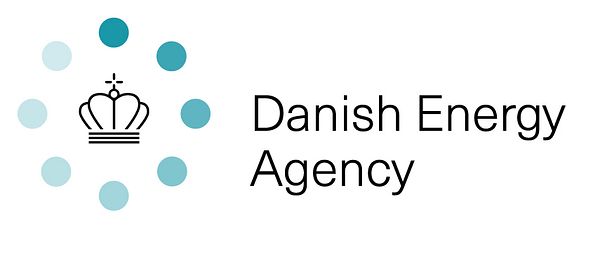Press release -
Danes used more energy and renewables in 2016
Lower electricity imports and less windy conditions for wind turbines resulted in increased energy consumption and increased observed CO2 emissions in 2016. As power plants in particular also used more biomass, consumption of renewable energy increased, raising the share of renewable energy to 31.3%. These are some of the results in the Energy Statistics 2016, which were published by the Danish Energy Agency 30 November 2017.
Observed Danish energy consumption increased by 3.0% in 2016 compared with the previous year, ending at 743 PJ. The increase can be explained e.g. by the fact that Danish net imports of electricity were 14.5% lower than in 2015. At the same time, the production of wind power fell by 9.6%, because 2016 was less windy. This development meant that the consumption of coal and natural gas for electricity generation increased by 21.3% and 12.6%, respectively, in 2016.
The adjusted energy consumption, which has been adjusted for fluctuations in climate and fuel consumption linked to foreign trade in electricity, increased by 1.6% in 2016. This development is characterised by an increase in the consumption of oil, coal and renewable energy etc. of 0.2%, 5.2% and 3.4%, respectively, while natural gas consumption fell by 1.3%.

Consumption of renewable energy continues to increase
Even though wind power generation fell by 5 PJ in 2016, the total observed consumption of renewable energy increased by 4.4% from 2015 to 2016, ending at 217 PJ. This is due, in particular, to an increase of 9 PJ in the consumption of biomass - stemming primarily from an increase in the consumption of wood pellets of 7 PJ. Power plants contributed 5.7 PJ to this increase.
Production of electricity from renewables accounted for 53.9% of Danish domestic electricity supply in 2016. This is a fall of 2.1 percentage points in relation to 2015. The largest contribution came from wind power (37.5%) and biomass (12.7%).
The share of renewable energy relative to total gross energy consumption was 29.1% in 2016 as compared with 28.6% in 2015.
According to the EU method of calculation, renewable energy accounted for around 31.3% of energy consumption in 2016, against 30.8% in 2015.
Drop in energy production
Danish production of crude oil, natural gas and renewable energy etc. fell by 5.6% in 2016 to 638 PJ. Production of crude oil fell by 10.0%, while production of natural gas fell by 2.2% and production of renewable energy fell by 1.1%.
Increase in emissions of greenhouse gases
The increase in the consumption of coal and other fossil fuels in 2016 meant that observed CO2 emissions from energy consumption increased by 4.4% in 2016 to 36.7 million tonnes. Adjusted for fluctuations in climate and fuel consumption linked to foreign trade in electricity, CO2 emissions increased by 1.8%. Adjusted CO2 emissions have fallen by 34.6% since 1990.
A preliminary statement of total Danish observed emissions of greenhouse gases shows an increase of 3.2% in 2016. Observed emissions of greenhouse gases have been reduced by 29.1% since 1990.
Read Energy Statistics 2016 (in Danish only).
Contact:
Special Advisor Jane Rusbjerg, tel. +45 33 92 68 36, e-mail: jru@ens.dk
Head of Media Relations Ture Falbe-Hansen, Cell: +45 25 13 78 46, e-mail: tfh@ens.dk
Related links
Topics
- Business enterprise, General
Categories
- climate and co2
- energy statistics
The work of the Danish Energy Agency involves matters relating to energy supply and consumption, as well as Danish efforts to reduce carbon emissions. The Agency is also responsible for Danish building policy and promotes more sustainable building with regard to energy consumption, use of materials and economic issues.
The Agency is responsible for the entire chain of tasks linked to energy production and supply, transportation and consumption, including energy efficiency and savings as well as Danish national CO2 targets and initiatives to limit emissions of greenhouse gasses. The Agency supports building-policy initiatives to increase the productivity and quality of building as well as the operation and maintenance of buildings, with focus on sustainable building. The Agency also collaborates with the building sector to establish a good framework for the industry.
The Danish Energy Agency was established in 1976, and is an agency under the Ministry of Climate, Energy and Building. The Agency employs about 360 persons.
